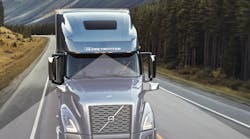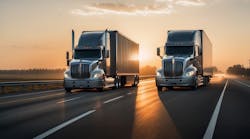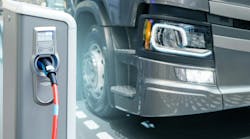One thing that all safety systems have in common is that they rely on sensors to provide them with the raw data needed to calculate risks and alert the driver of an impending event. Here are some of those sensors and how they work.
- Ultrasonic sensors - Send out audio waves at a specific frequency and wait for the waves to bounce back to determine how far a vehicle is away from another object. These are most commonly used in forward and reverse proximity sensors.
- Radar sensors - Send out electromagnetic waves (rather than the audio waves used by ultrasonic sensors) to determine how far an object is away and how quickly it is approaching. Radar sensors are used in some blind spot detection and forward collision detection and mitigation applications.
- LiDAR (Light Detection and Ranging) - A more advanced form of radar, LiDAR scans the environment using a non-harmful invisible laser beam to provide a three-dimensional view of the surrounding area. When combined with camera data, LiDAR can be used to detect what type of object the vehicle is approaching (vehicle vs pedestrian, etc.).
- Cameras - Used in some forward collision detection and mitigation applications. Also used for maneuverability at low speeds (forward, rear and 360-degree cameras), to monitor driver awareness and to record unexpected incidents.
- Infrared - Creates an image using infrared radiation instead of light like a typical camera. Used to help some vehicles “see” in the dark.
- Machine vision - Analyzes and interprets images from camera sensors to determine risks. Used in some lane keep assist, blind spot monitoring and collision warning/avoidance systems.
- GPS - Pinpoints the vehicle’s location and speed by determining distance from global satellites.
- Accelerometer - Measures acceleration and deceleration in a vehicle. Used to determine sudden unexpected maneuvers or collisions.
- Connection to vehicle CANbus - Allows certain systems to access vehicle information such as steering, accelerator and brake input, vehicle speed, etc. Can be used to determine driver inputs during an unexpected maneuver or an accident and later used to determine the cause of the event.



